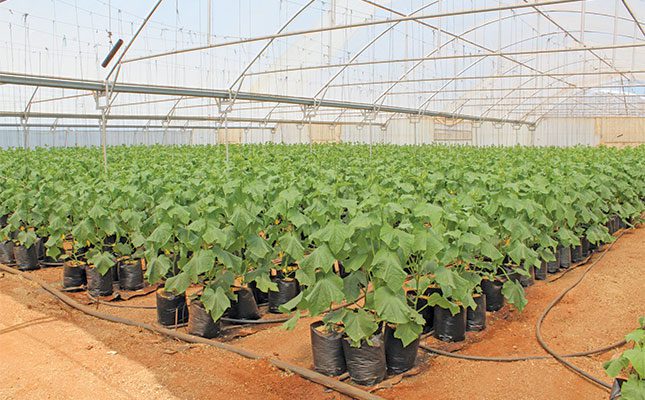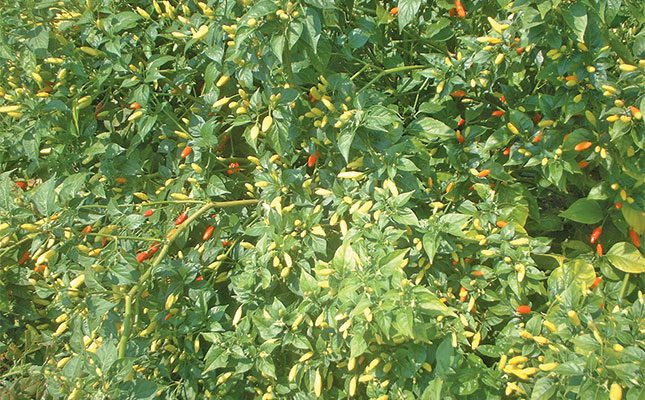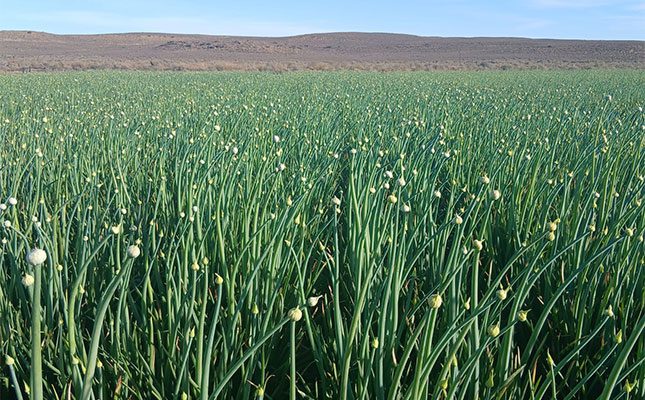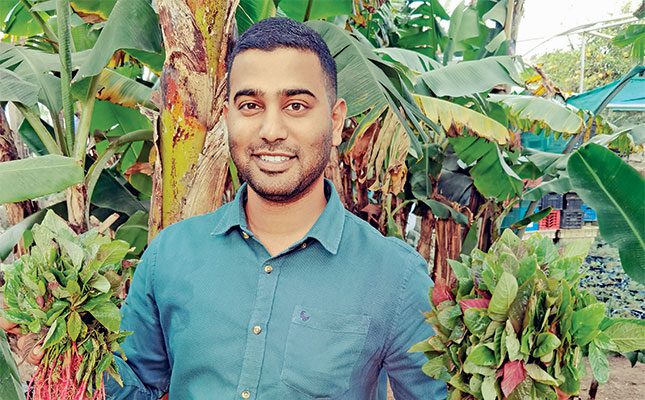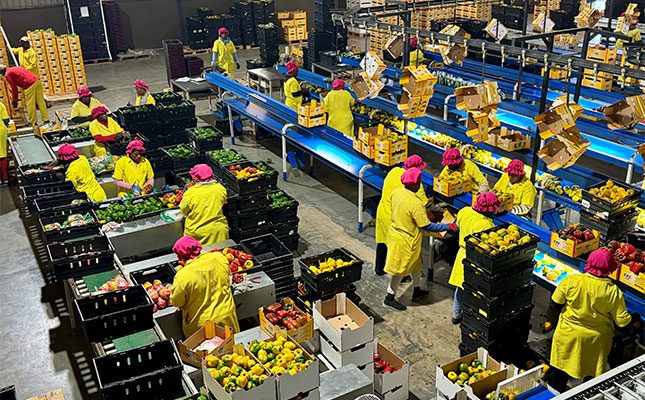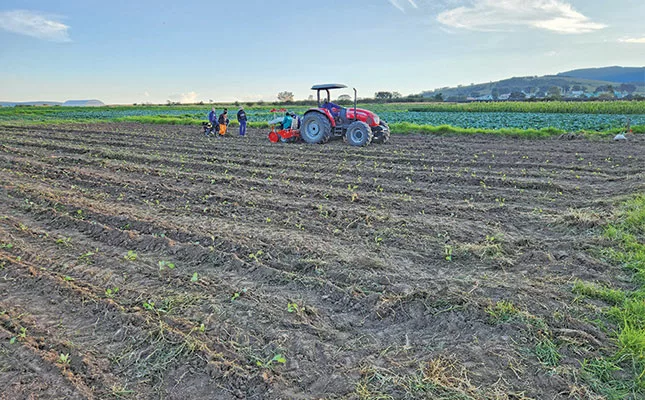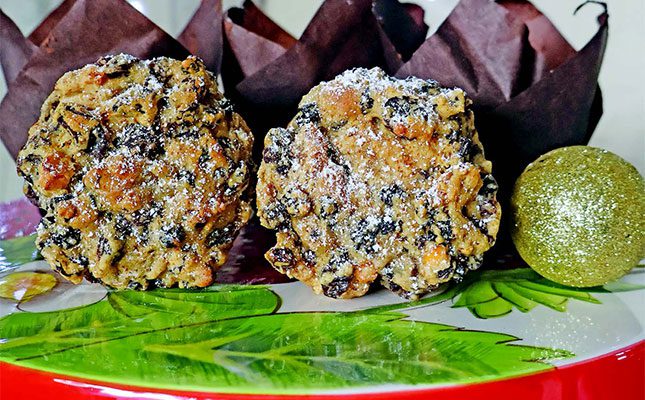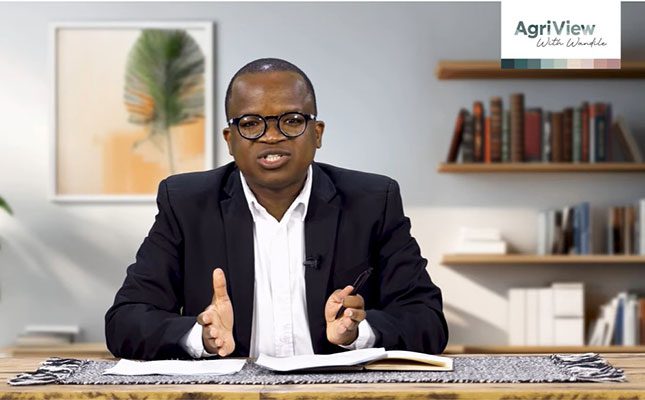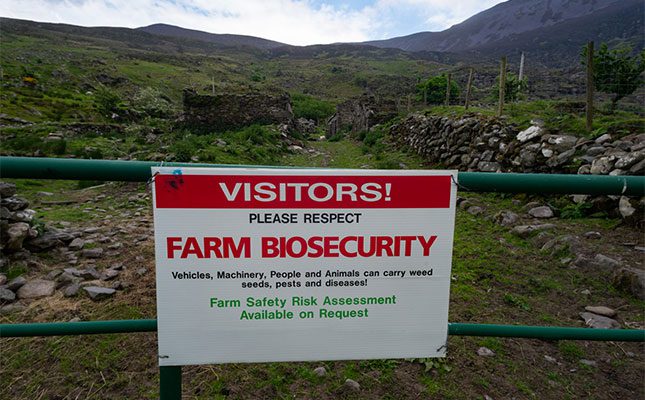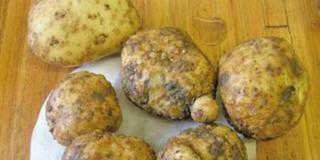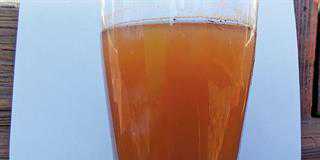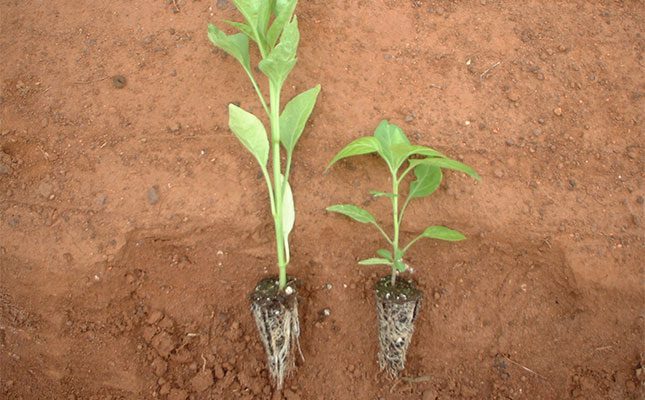
Photo: Bill Kerr
More and more farmers are acquiring land to begin farming, often choosing to grow vegetables. When they approach seedling nurseries for a quote on the cost of seedlings, they are usually shocked at the price.
They often then check the price of seed and calculate that they can grow their own seedlings, thereby saving a lot of money. They then usually opt for soil seedbeds, unaware of all the hazards.
Before the advent of cavity seedlings, we all had to grow our seedlings in beds. I used to plant 25kg of cabbage seed per year in this way, but it took a lot of trial and error before I managed to do this economically.
Thanks to a much lower currency exchange rate back then, the seed cost was substantially lower. Nowadays, though, the risks are too high for growers to go this route, especially inexperienced ones.
New farmers are also tempted to buy cheap, opened-pollinated varieties. This guarantees a loss for the farmer as the yield, quality, and disease resistance are not there. You should understand that the production costs, apart from the seed, are the same for a low-yielding variety and a high-yielding hybrid.
Today you can buy hybrid varieties with different attributes, including resistance to various diseases.
A very high-yielding variety may not be resistant to black rot, so in the season when this disease is a problem, you have to avoid this variety. However, it may still be the variety of choice when black rot is not a threat.
Seedling growers not only provide quality planting material but also information to help the farmer. Certain varieties are best suited to planting at certain times; seedling growers are aware of this and can recommend the best variety for your purpose and planting season. This applies to all crops that they provide seedlings for.
Hardening the seedlings
There should be a good and trusting relationship between the farmer and seedling grower and you should, when ordering, be able to specify what the seedlings should look like.
Seedling growers harden the seedlings before transplanting to give them a greater chance of survival when transplanted.
They have a couple of options to accomplish this. One method is to withhold nitrogen when the plants are just about transplant size. This has the effect of telling the plant to slow growth, which in turn hardens the stems and leaves. The leaves become thicker and more ridged and don’t wilt as easily. These plants become lighter in colour.
The other method is to withhold water, which also has the effect of slowing growth, making the stems harder and the leaves thicker. In this case, the leaves still retain their colour.
Regardless of how the plants are hardened, it is worth applying a closed handful of LAN to them via a watering can filled with 8ℓ to 10ℓ of water and irrigate the plants before planting; this kick-starts the growth process and works better than propriety products sold for this purpose.
If plants are to be transplanted into adverse climatic conditions, they should be well hardened, but if they are to go into favourable conditions, less hardening is preferred as the growth tempo just continues. The well-hardened plants will survive better in harsh conditions but will take longer to start growing.
Bill Kerr is a vegetable specialist and breeder.

